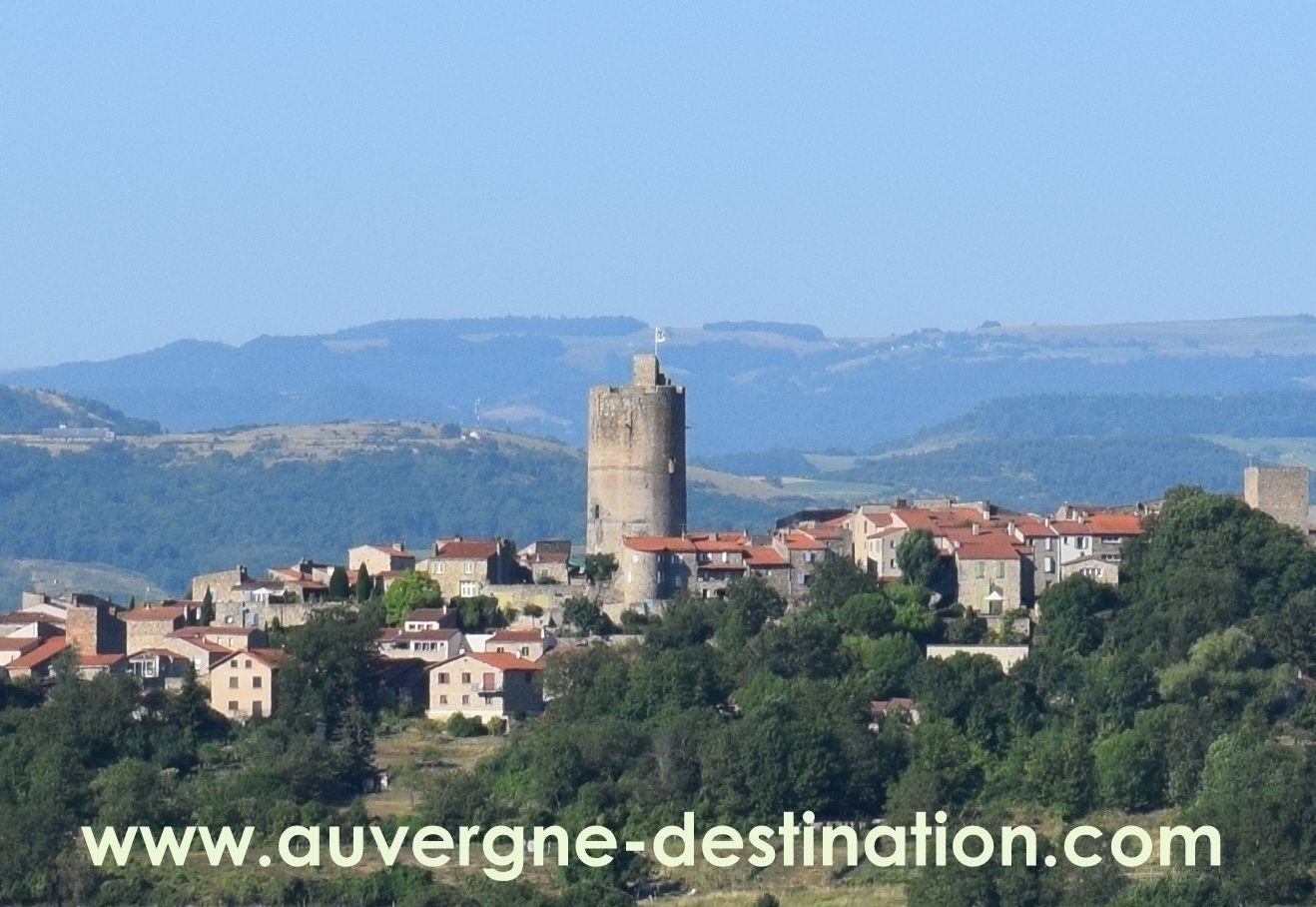MET
HONEY AND TRADITIONS IN HAUTE LOIRE
When you visit a region and are closely interested in its culture and history, it is also interesting to meet beekeepers, often located near radiant and authentic little towns of character that accompany harmoniously their honey production and who enjoy themselves
to let you taste their products alongside the discovery of their traditions
ancestral as I observed in the territory of LAVAUDIEU in Haute Loire.
Located in the heart of the Auvergne Rhône Alpes region, the Haute Loire department is a radiant land that enchants
by the beauty of its natural spaces enhanced by a rich and diverse heritage that can also be found in the
agricultural field particularly in beekeeping which is a branch of agriculture consisting of the breeding of bees
called “Melliferes” intended to exploit the products of the hive which are mainly the production of honey supplemented
also wax, royal jelly, pollen alongside propolis and bee venom more suitable for
medical use. Direction the place called Dintillat located a few kilometers from LAVAUDIEU in the exploitation of
Jean François SOLLIEZ Beekeeper who receives me near his hives while putting on his protective clothing.
"The process of making honey meets very precise criteria that bees make from the nectar of
flowers, insect honeydew or sweet plant secretions and then, after the foraging phase, transform it
in a hive with a distribution of spots carried out by the different categories of bees decomposed first
by the foragers who collect the nectar by plunging their tongues into the hearts of the flowers to
suck up their liquids and then store it in their crop which are holding pockets located in their tubes
digestive systems to, secondly, transmit the nectar to recipients by trophallaxis which consists of regurgitating
food stored in the crop to exchange it with another bee to then pass the nectar through what
we call workers who circulate it between their mouths and their crops before being processed according to data
progressive incorporating a mixture of saliva which allows the original sucrose to be modified into more digestible sugars
such as glucose and fructose in addition to modifications thanks to another enzyme which is glucose owydase which
provides honey with an acid designated as gluconic acid comprising properties firstly avoiding the
development of bacteria and fungi in parallel with protecting the production of honey throughout its maturation to then be deposited in the cells of the hive. The Apis Mellifera bee, better known among
beekeepers under the name of black bee and in reference to its color is a very old species which is found in
in all regions of France with its regional variants, particularly for the Cévennes black bee which is
traditionally raised in trunk hives and this bee is appreciated by beekeepers taking into account
its adaptation to the mountain climates and cold winters that we experience in Haute Loire” Jean François SOLLIEZ explains to me while accompanying me near his hives located on a hill decorated with a superb
view of the village of Vieille Brioude completed further south by the Allier river which is a pleasure to contemplate and which is
slithers through this valley like a coiling snake.
Observation of the Ecosystem Surrounding Beehives
After a short escapade along this radiant valley which leads me to the village of Lavoute-Chilhac located further south
in the direction of Langeac, I arrive at the LAVAUDIEU market after having wandered through its alleys dotted with flowers
bright colors to find Philippe and Brigitte CASTAGNAN beekeepers and also producers of delicious products
local produce such as cheeses and charcuterie.
» Producing honey is very often associated with observing
The ecosystem surrounding the hives which also requires knowledge of botany and entomology because the
composition of the nectar is very different depending on the flowers, the climate and the ambient temperature taking into accountTERROIL AND TRADITIONS
From sumptuous mountains to radiant authentic cities where history, culture and gastronomy are
combine constantly, discover AUVERGNE in
clicking on the URL link of our website.





































